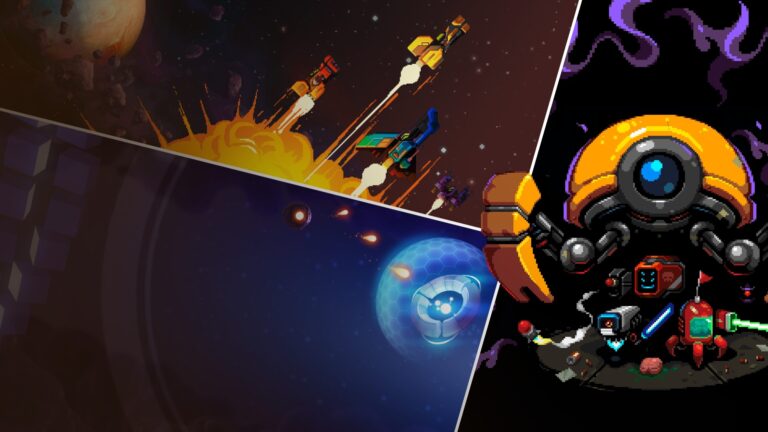In the realm of digital innovation, few advancements have sparked as much excitement and anticipation as virtual reality (VR). This immersive technology has transcended its origins as a sci-fi fantasy, evolving into a powerful tool that’s reshaping various sectors, most notably the gaming industry. The allure of stepping into a fully interactive, three-dimensional world is transforming how we experience games, pushing the boundaries of what’s possible and redefining the future of entertainment.
The Evolution of Virtual Reality in Gaming
Virtual reality’s journey in gaming began with humble, albeit ambitious, origins. Early attempts to create immersive experiences were limited by the technology of their time, resulting in rudimentary graphics and clunky hardware. The iconic Virtual Boy by Nintendo, released in 1995, is a notable example of these early efforts. Despite its commercial failure, it laid the groundwork for future advancements by demonstrating the potential of VR in gaming. Fast-forward to the 21st century, and we witness a dramatic shift. The advent of more sophisticated computing power and advancements in display technology has given rise to a new era of VR. Headsets like the Oculus Rift, HTC Vive, and PlayStation VR have revolutionized the market, offering high-resolution visuals, precise motion tracking, and user-friendly interfaces. These innovations have not only enhanced the immersive experience but also made VR gaming more accessible to a broader audience.
One of the critical milestones in VR gaming was the introduction of room-scale VR, which allows players to move around in a physical space and have their movements mirrored in the virtual environment. This leap forward has significantly enhanced the sense of presence, a core component of VR’s appeal. Games like “Beat Saber” and “Half-Life: Alyx” exemplify how developers are leveraging this technology to create experiences that are both physically engaging and visually stunning. As VR technology continues to evolve, we can expect even more groundbreaking developments that will further blur the line between the virtual and the real.
The Impact on Gameplay and Game Design
The rise of VR has had a profound impact on gameplay and game design, prompting developers to rethink how they create and structure their games. Traditional gaming relies heavily on flat screens and standardized control schemes, but VR introduces a three-dimensional space and intuitive, natural interactions. This shift has led to the creation of entirely new genres and gameplay mechanics that were previously unimaginable. For instance, puzzle games in VR can leverage spatial awareness and physical manipulation of objects, offering a level of engagement that’s impossible with traditional interfaces. Titles like “Superhot VR” and “Job Simulator” are perfect examples of how VR can transform simple concepts into deeply immersive experiences. The ability to interact with the game world in a more direct and physical way opens up a plethora of creative possibilities for developers.

Furthermore, VR has necessitated a new approach to storytelling in games. The immersive nature of VR means that players are not just passive observers but active participants in the narrative. This has led to more interactive and dynamic storytelling techniques, where players’ choices and actions can significantly impact the course of the story. Games like “The Walking Dead: Saints & Sinners” demonstrate how VR can create a more personal and emotionally resonant experience by placing players at the center of the action. As game designers continue to explore the potential of VR, we can anticipate even more innovative and captivating ways to engage with game narratives.
Conclusion
The advent of virtual reality in gaming marks a significant milestone in the evolution of digital entertainment. From its early experimental stages to its current state of sophistication, VR has continually pushed the boundaries of what’s possible, offering players unprecedented levels of immersion and interactivity. As we look to the future, the integration of AI, advancements in haptic feedback, and the expansion of social gaming promise to take VR to even greater heights. The future of gaming is indeed here, and it’s more exciting than ever. With every technological leap, VR brings us closer to a world where the line between the virtual and the real is increasingly blurred, opening up endless possibilities for innovation and creativity in the gaming industry.





